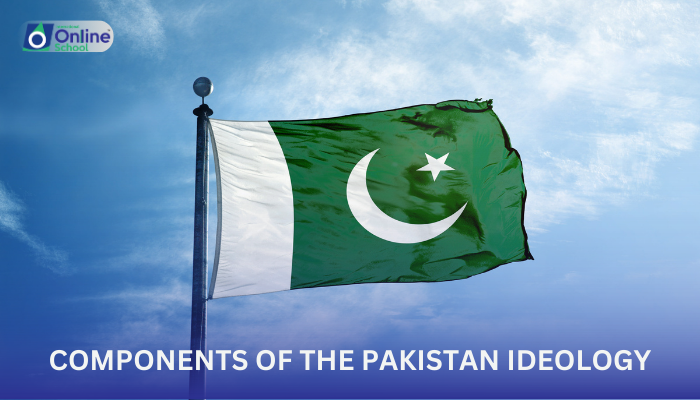
Islam
The religious belief of the Muslims living in the North-Western and North- Eastern regions of the Indian sub- continent was the first and the foremost motivating force behind their demand for Pakistan. In 1948 the Quaid-e-Azam said that the demand for Pakistan was not merely a question of acquiring a piece of land; Pakistan was meant to be a laboratory for proving the validity and truth of the Islamic principles. Elaborating the guiding principles that formed the basis an Islamic state the Quaid-e-Azam said:
"Fundamentally in an Islamic state, authority rests with Almighty Allah. The working of an Islamic government is conducted according to the Quranic principles and injunctions. In an Islamic state, neither its head, nor any parliament or an institution or an individual can act absolutely in any matter. Only the Quranic injunctions control our behavior in the society and in politics."
i. Democracy
System of an Islamic state is based on democratic principles, explaining this, the Quaid-e-Azam in a radio message addressed to the people of the United States of America, said:
"The Constitution of Pakistan is yet to be framed by the Pakistan Constituent Assembly. I do not know what the ultimate shape of this constitution is going to be, but I am sure that it will be of a democratic type, embodying the essential principles of Islam. Today, they are as applicable in actual life as they were 1400 years ago. Islam and its idealism has taught us democracy." (Feb. 1948)
ii. Social Justice, Equality, and Sense of Responsibility
The Quaid-e-Azam explained the fundamental principles of an Islamic state in the following words:
"It (Islam) has taught equality of man, justice and fair play to everybody. We are the inheritors of those glorious traditions and we are fully alive to our responsibilities and obligations as framers of the future constitution of Pakistan." (Feb. 1948)
iii. Fundamental Human Rights
The Hindu leadership of South-East Asia can be divided into two types; the extremists and the moderates. Unfortunately, the Congress was fully overpowered by the extremists at the juncture of history the British decided to transfer power to the Indian hands. In this state of affairs, the Muslims and the other minority communities in the region started feeling that if the Indian government is entrusted to the extremist Hindu hands they will deprive the non-Hindus of their basic fundamental rights. This feeling served as a strong motive force behind the Muslim demand for Pakistan, and for the same reason, the non- Muslims of this region rendered full support to the Muslim demand for Pakistan. In other words, an important objective underlying the demand for Pakistan was to safeguard the rights of the people living in these areas, the Muslims and the non- Muslims alike. The Quaid-e-Azam was a great champion of human rights, addressing the first session of the first Constituent Assembly of Pakistan,
the Quaid- e-Azam said:
"You are free; you are free to go to your temples; you are free to go to your mosques or to any other places of worship in this state of Pakistan. You may belong to any religion or caste or creed ...... that has nothing to do with the business of the state....... We are starting with this fundamental principle that we are all citizens, and equal citizens, of one state." (Aug. 11, 1947)